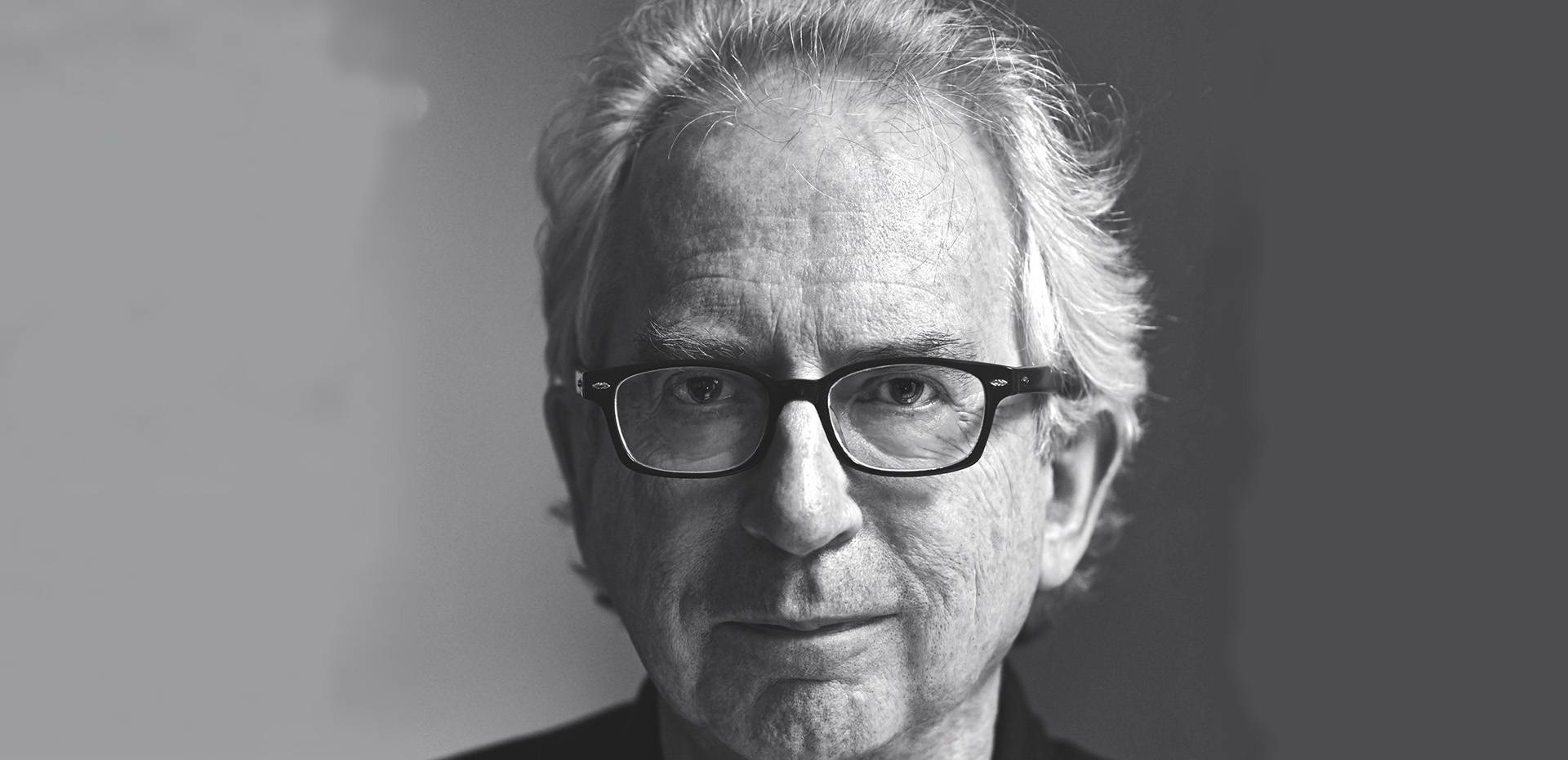Irene Bobs loves driving fast and runs a car dealership with her husband Titch. With their neighbour Willie as navigator they set out on the Australian Redex Trial, which has some brutal secrets. After decades of writing about Australian identity, Peter Carey finally confronts the persecution of Aborigines in A Long Way From Home (Faber, £17.99).
What were the Redex reliability trials and why did they generate such enthusiasm in Australia during the 1950s?
The past is another planet, a weird place where a whole country can become intoxicated by a car race that is not ostensibly a race but a reliability test of the sort of car you might drive down to the shops. The Redex Trial included 10,000 miles of track that might break your lovely Holden clean in half. Ford supporters came to blows with Peugeot fans. Radio celebrities competed. The Redex was front page news, like a football match. The newsreel crew sped to record every crash and cloud of dust, every rabbit, every goat, everything except the Aboriginal people who had known the land for 50,000 years. The Trial navigators had amazing strip maps but did not see or even know the ancient song lines, the marks of religion and ceremony, the web of story that connected water hole to water hole. If they crossed the ancient path of a Rainbow Serpent no one ever knew.
Irene upends the idea of the car as a macho domain in the patriarchal 1950s. Why was it important to have a female protagonist?
I’m the son of a woman who co-owned a car dealership in the 1950s. And although Irene is not my mother, she lives in the white male world my mother knew. As for me, I had no preconceptions about who should actually tell the story. I might have chosen her husband, tiny perfect Titch. But finally it was more interesting, dynamic, to have it told by Irene and Willie. This decision shaped the book in all sorts of rewarding and unexpected ways.
How is Australia’s national culture entwined with automobile culture?
I am too deep inside to see. That is, I grew up inside that culture. My grandfather had horse stables, then a taxi business. He flew early aeroplanes. My father was like Titch in that he was often left behind to teach farmers how to buy the car they’d just purchased from his dad. He was arrested at the age of 12 for driving without a licence. I gave some of this to Titch. My extended family talked about cars from early in the morning to late at night. At 3am I would likely find my sleepless father looking down at the unsold cars in the yard below our living room. We had petroleum in our veins. And of course Australia is a vast country and the automobile is an ideal tool for its exploitation.
How did automobile culture impact on indigenous communities?
Indigenous communities in the 1950s tended to be like the one in the novel – captives of a cattle industry that had stolen their ancient lands. They were poor, dependent on a racist white patriarchy and colonial laws. There were towns they could not enter without a certificate of exemption (“dog tag” in obscene vernacular) which showed their name and photograph and declared them to be “exempt from the provisions of the Native Administration Act.” It’s worth searching online for these awful documents. They show how far most Aboriginal people were from the likelihood of car ownership.
Sixty years later, of course, we see even the poorest communities value and use cars and SUVs. For wit and intelligence it is hard to match the skills of Aboriginal mechanics. Look at this: tinyurl.com/ybu6kfkh
Willie refers to subtler forms of ethnic cleansing during this period – such as only accepting Nordic-looking Baltic immigrants and removing pale-skinned Aboriginal children from their families for white adoptions. Is this history widely known in Australia and do you think the country deals well with the murkier aspects of its past?
The practice of stealing Aboriginal children from their parents dates back to the earliest days of colonisation and was still continuing in the 1970s. It took almost 30 years of murk before there was a thorough National Inquiry into the Separation of Aboriginal and Torres Strait Islander Children from their Families.
At that time parliaments and governments of Victoria, Tasmania, ACT, New South Wales, South Australia and Western Australia issued statements apologising to the “Stolen Generations”. It was only then that we white Australians had to wake up and own what we had done.
The Bobs have Germanic roots but have Anglicised their name and become forward looking modern Australians. Was it important to you to highlight the persecution of some groups of settlers in Australia as well as that of Aboriginals?
It was important for at least one of the characters to be mistakenly anxious about their ethnicity. I could say more, but why would I ruin your reading?
What should Australians do about the Manus Island refugee camps?
Hang our heads in shame. Cease all torture and imprisonment. Offer safe haven.
What does it mean to be Australian today and does it mean becoming a republic tomorrow?
It will take curiosity, patience, courage and a clearer moral compass than we have shown so far. I am not pessimistic.



Leave a reply
Your email address will not be published.